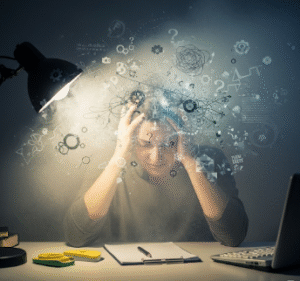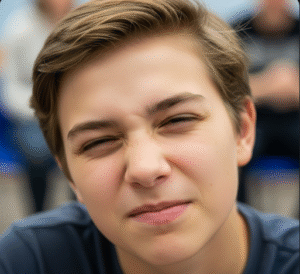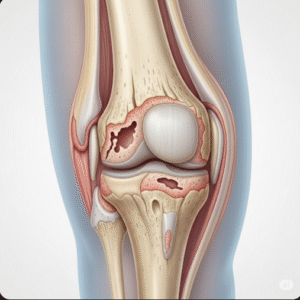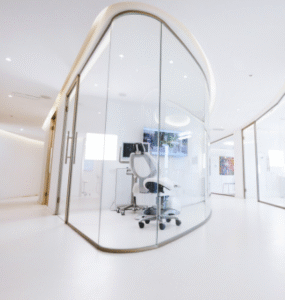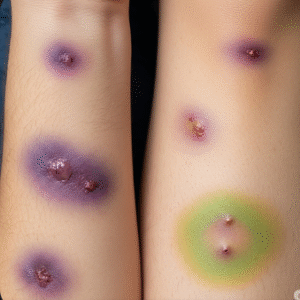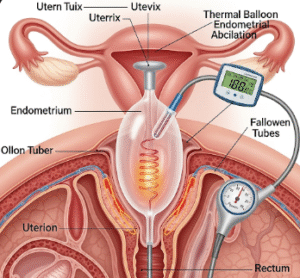Overview
Dyskinesia refers to involuntary, erratic, or uncontrolled movements of the body, often associated with neurological conditions or as a side effect of long-term medication use. In South Korea, dyskinesia is most commonly linked to Parkinson’s disease and the prolonged use of levodopa, but it may also occur in other neurological disorders or as a result of brain injury. Korean hospitals provide advanced neurological care, rehabilitation, and medication adjustments to help manage dyskinesia and improve patients’ quality of life.
What is Dyskinesia?
Dyskinesia is not a disease itself but a symptom of an underlying condition or a side effect of treatment. It is characterized by uncontrolled twisting, writhing, jerking, or fidget-like movements, which may affect different parts of the body including the face, arms, legs, or trunk.
Symptoms
Common symptoms of dyskinesia include:
- Uncontrolled twisting or writhing movements
- Jerky or dance-like motions (chorea)
- Head bobbing or facial grimacing
- Difficulty maintaining posture or balance
- Movements that worsen with stress, fatigue, or excitement
- Impact on daily activities, such as eating, walking, or speaking
Causes
The main causes of dyskinesia include:
- Parkinson’s disease treatment: Long-term levodopa therapy may cause levodopa-induced dyskinesia.
- Neurological conditions: Huntington’s disease, multiple sclerosis, or cerebral palsy.
- Brain injury or stroke: Damage to basal ganglia or motor control regions.
- Medications: Certain antipsychotic or anti-nausea drugs may cause tardive dyskinesia.
- Genetic factors: Rare genetic movement disorders.
Risk Factors
Individuals at higher risk of dyskinesia include:
- Parkinson’s disease patients on long-term levodopa therapy
- Young-onset Parkinson’s patients (more likely to develop drug-induced dyskinesia)
- Those with genetic predisposition to movement disorders
- People with history of brain injury, stroke, or neurological disease
- Long-term use of dopamine-related or antipsychotic drugs
Complications
If untreated, dyskinesia can lead to:
- Physical discomfort and fatigue from continuous movements
- Reduced mobility and impaired walking ability
- Difficulty with daily tasks such as writing, eating, or dressing
- Social embarrassment and psychological distress
- Increased risk of falls and injuries
Prevention
While dyskinesia cannot always be fully prevented, strategies can lower the risk or delay onset:
- Careful adjustment of Parkinson’s medications
- Using extended-release drug formulations under medical supervision
- Combining levodopa with other Parkinson’s medications to minimize dosage
- Regular neurological monitoring in long-term treatment
- Avoiding unnecessary long-term use of dopamine-related drugs
Treatment Options in Korea
South Korea offers advanced neurological and rehabilitation care for dyskinesia:
Medical Treatments:
- Adjustment of Parkinson’s medication (levodopa dosage modification or timing changes)
- Use of amantadine, a medication shown to reduce dyskinesia in Parkinson’s patients
- Alternative drug therapies like dopamine agonists to reduce levodopa dependency
Surgical & Advanced Therapies:
- Deep Brain Stimulation (DBS): A common treatment in Korea for advanced Parkinson’s with severe dyskinesia. Electrodes implanted in the brain help regulate abnormal activity and reduce involuntary movements.
- Neurosurgical interventions for patients with movement disorders not responding to medications.
Rehabilitation & Supportive Care:
- Physical therapy to improve mobility, balance, and muscle control
- Occupational therapy to help with daily tasks and independence
- Speech therapy if dyskinesia affects facial muscles or speech
- Psychological counseling for stress, anxiety, or depression linked to the condition
With South Korea’s expertise in neurology and advanced technology like DBS, patients with dyskinesia can achieve significant improvements in movement control and quality of life.


